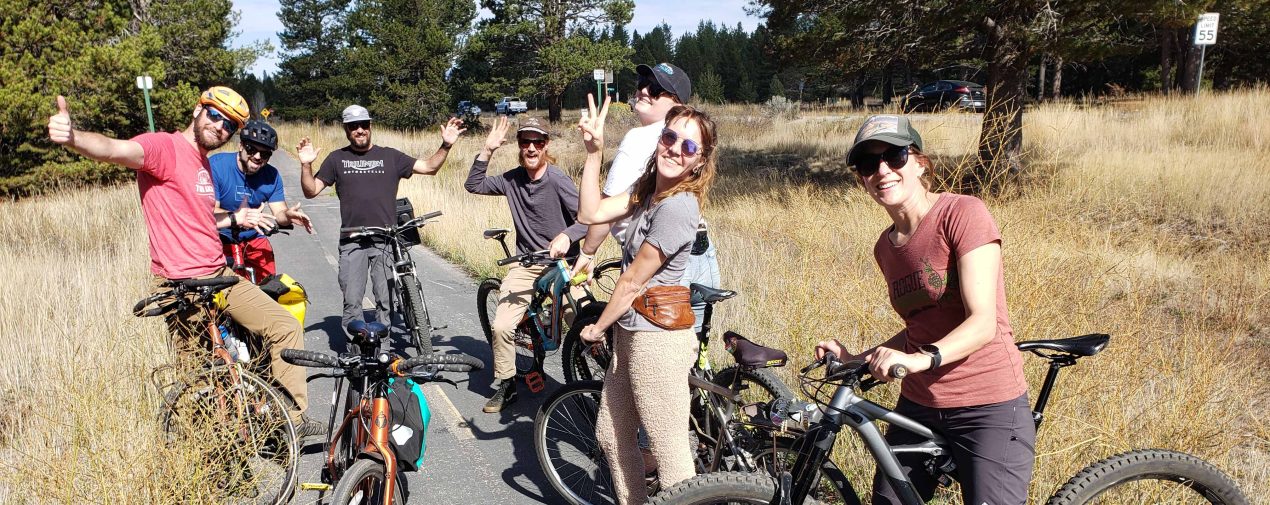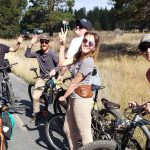So You Want to Support the Mental Health of Seasonal Employees?
Ah, the joys of the seasonal lifestyle—taking two months off each year, living in a beautiful vacation destination, and working while admiring trees and mountains. Then there’s the financial and housing insecurities, burnout from pushing nonstop, and a constant shift in friends and co-workers.
How can we embrace this wonderful world while caring for ourselves and one another? Below are six key areas to focus on, for people managers, Human Resources, or anyone who wants to support the mental health of their seasonal co-workers.
Ask Questions
Due to constantly changing environments, focus on customer service, living with fellow employees, and being away from former communities, one’s wellness can change quickly. The easiest way to notice these changes is to prepare a handful of questions that can invite staff to share how they are doing.
- “How did you sleep?”
- “Did you eat breakfast this morning?”
- “Is there anything I can help you … sort through?” OR “…accomplish?”
- “What’s been on your mind lately?”
- “What are you most excited about in the coming weeks?”

They don’t need to feel deep or prying. Basic questions begin conversations, which can lead to eye-opening truths. Remember, not everyone wants advice, and you might not be the best person for a staff member to talk to. So, follow-up questions like, “Have you talked to anyone about this yet?” or “Do you want to be helped, heard, or hugged?” are useful when your initial questions lead somewhere deeper.
Insist on Time Off
An article on MentalHealthFirstAid.org, “5 Ways Employee Vacations Have Bottom-line Benefits,” explains how employee time off can boost productivity, help reduce absenteeism, improve employees’ mental health, help with retention, and improve company culture.
“On average, 55% of Americans do not use all their paid time off. And more than half (52%) of employees with paid leave have worked during their time off.” So, to reap the benefits listed above, we need to do more than provide FTO or PTO; we need to make it easier for employees to utilize this time off and completely disconnect.

One way to do that is through role modeling, which we’ll discuss below. Another way is to help set up coverage while the person is away. This might start with your hiring methodology, pre-season. Lastly, the entire team must not reach out to their colleague (regarding work) while they’re out, and the employee needs to hold that boundary. Out-of-office messages like, “I will not be answering emails or phone calls during this time,” are clear and should be respected.
My trick is to remind myself that I could be in the backcountry during any weekend or holiday with zero access to phone or emails. So, why not act like that’s the case every time?
Build Community
In the new film Paradise Paradox, interviewees shared that isolation and loneliness were common factors impacting employee mental health in rural mountain towns. The anecdote is to build community through events and grow into a tight-knit community of “we are all in this together.”
Community events can be as simple as free employee dinners or as big as an organization-wide rock climbing gym night. These scheduled events provide something to look forward to, one night of guaranteed food and connection, and a chance to learn a new skill or meet a new person – all positive to one’s mental health.
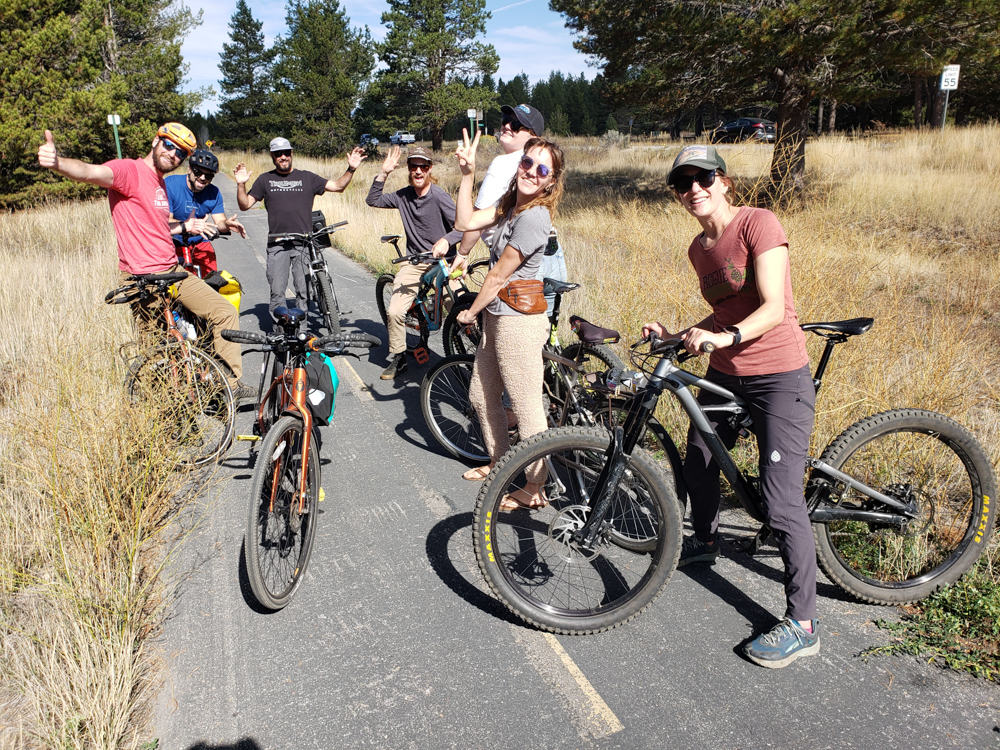
But a crucial part of community is in the day-to-day. It’s in a culture where everyone relies on and supports one another. A strong community comes together when one person is down, offering to cover a shift, pick up groceries, or invite them for a walk after work.
Encourage Free Resources
Many organizations contract an Employee Assistance Program (EAP) to provide six free therapy sessions. Four of the biggest barriers to mental health care are cost, awareness, stigma, and logistics. So, organizations need to help employees navigate all these roadblocks, not only the financial aspect.
In the Mental Health First Aid USA Certification Course, we teach that, “People are more likely to seek help if someone close to them suggests it.” We also know through the “Marketing Rule of 7” that people need to hear a message at least seven times before they might take action. Therefore, we must ensure that information is posted on walls, sent out in emails, and brought up in meetings so often that it’s almost annoying.
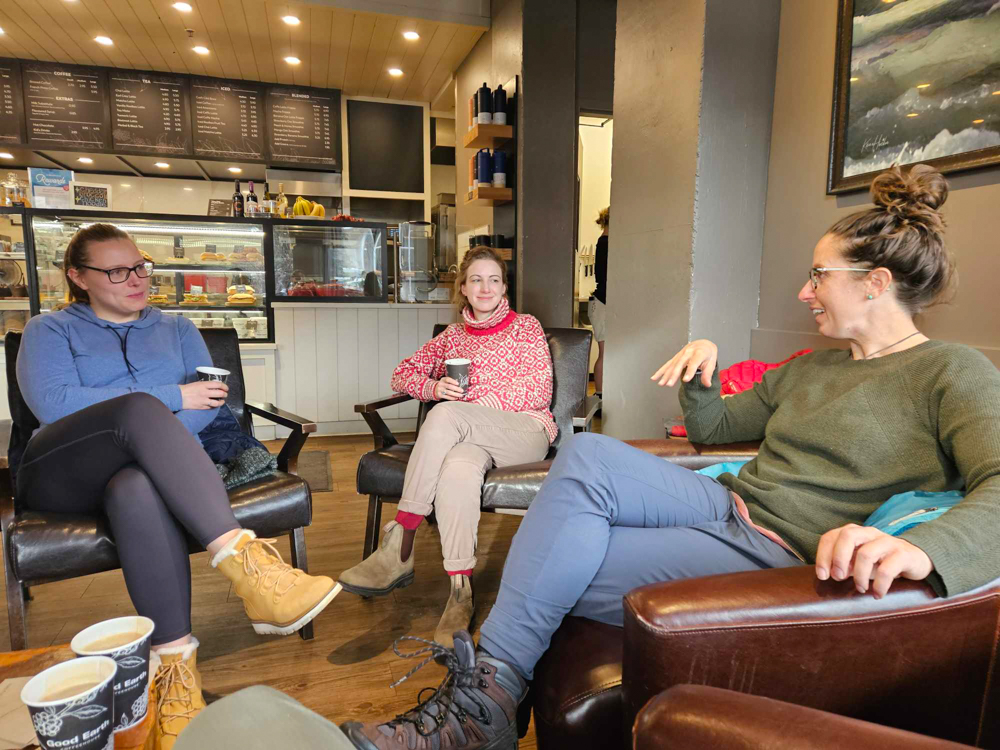
Moreover, the more we discuss these resources casually and regularly, especially if the messaging comes from managers and directors, the less stigma there is around utilizing them.
However, even if someone knows about the resources, they are free, and they aren’t afraid to use them, they also need the time to attend. Accommodate an employee’s schedule to take an extra hour for lunch, leave an hour earlier, or move around their days off. Or, if they’re in a rural community – trying to access a virtual appointment/meeting – arrange for them to have access to a computer, internet, and a private space.
Train People Leaders
Most leaders are required to take CPR or Wilderness First Aid, but only a few companies are now offering courses like Mental Health First Aid. Even when I facilitate bespoke workshops on self-care, organizational leaders are stuck in the “12-hour day with back-to-back meetings” mentality. However, there is another way!
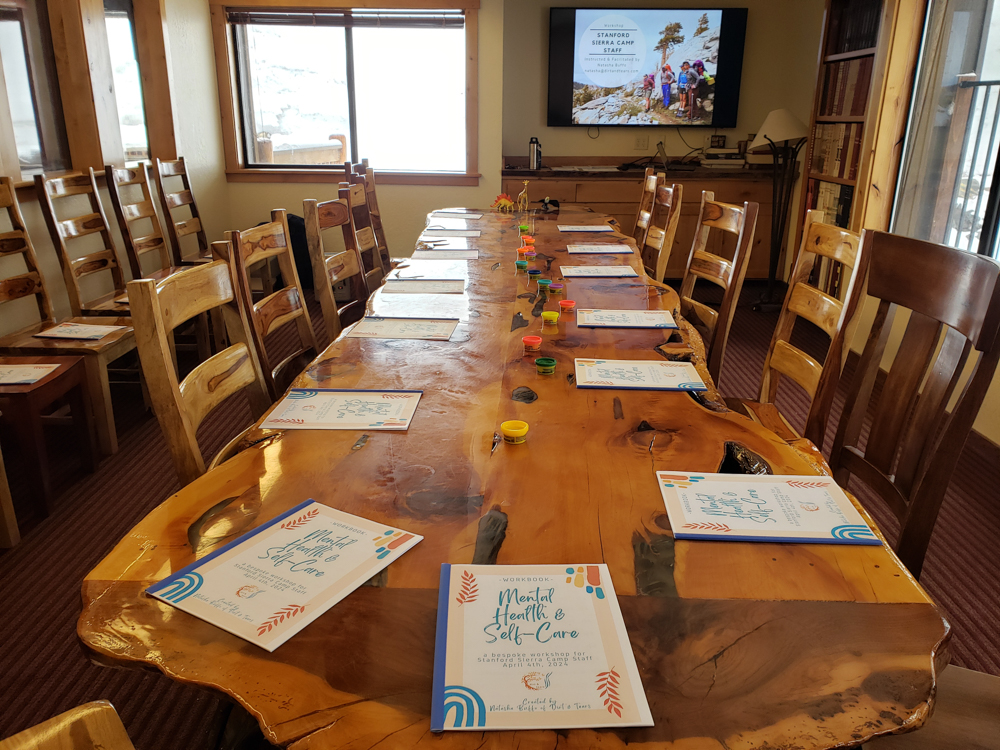
I challenge all organizations with seasonal staff to start with the following:
- Ask if they can turn any one-hour meetings into 45 minutes and 30-minute meetings into 20 minutes.
- Schedule 1:1s in an environment with fun and self-care (ex., hike or bike meeting).
- Hire someone to run a yearly, bi-yearly, or quarterly training (ex. Adult Mental Health First Aid USA Certification or “Self-Care in the Field”).
It’s time to stop using excuses for why you and your staff are so burnt out mid-season and make proactive changes.
Role Model the Culture
In my experience, staff are less likely to take care of themselves, even when they want to and know they need to, when fellow employees or managers do not prioritize self-care, rest, and life outside of the job.
Even if a manager or colleague encourages you to take PTO, or to disconnect on your weekend, but says, “I’m just too swamped to take time off,” this puts a massive weight of guilt on the employee, making them feel they should be working. Suppose a manager struggles with a challenging life situation but continues to say they’re okay, focus on work, and never accept support. In that case, it shows other employees how they’re expected to navigate challenges in their personal lives.
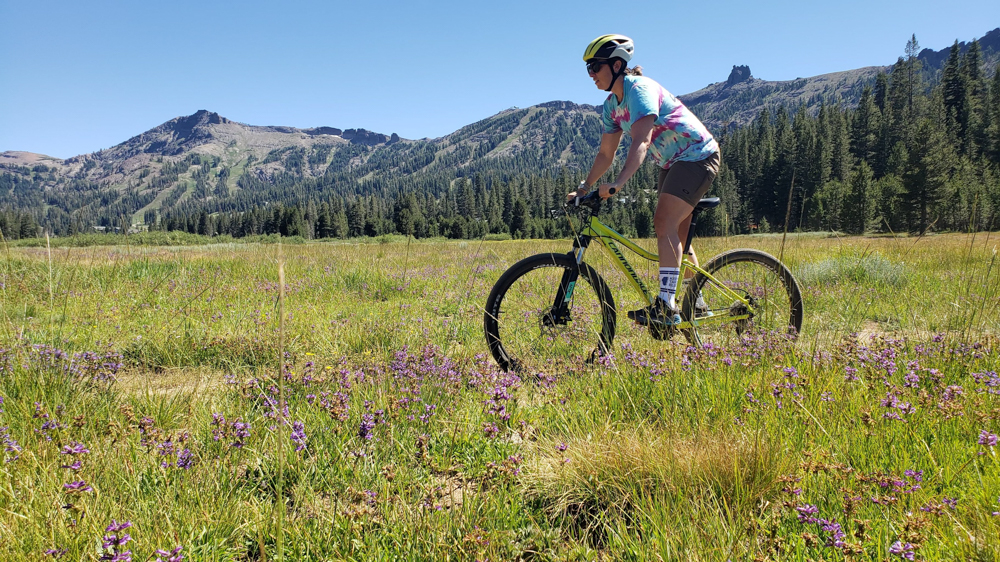
The most effective tool I’ve seen in supporting the mental health of seasonal employees is showing them how you take care of their mental health. In other words, if your co-worker or boss takes time off, sees a therapist, meditates, and prioritizes family or hobbies, others are more likely to do the same.
When we see others take care of themselves, we see that as permission for us to do the same.
Instead of always responding to, “How are you?” with a “Living the dream!” and pushing through until the season is over, it’s okay to ask for and receive support. It starts with the organization being proactive and continues with our entire community of colleagues supporting one another’s mental health throughout the season.
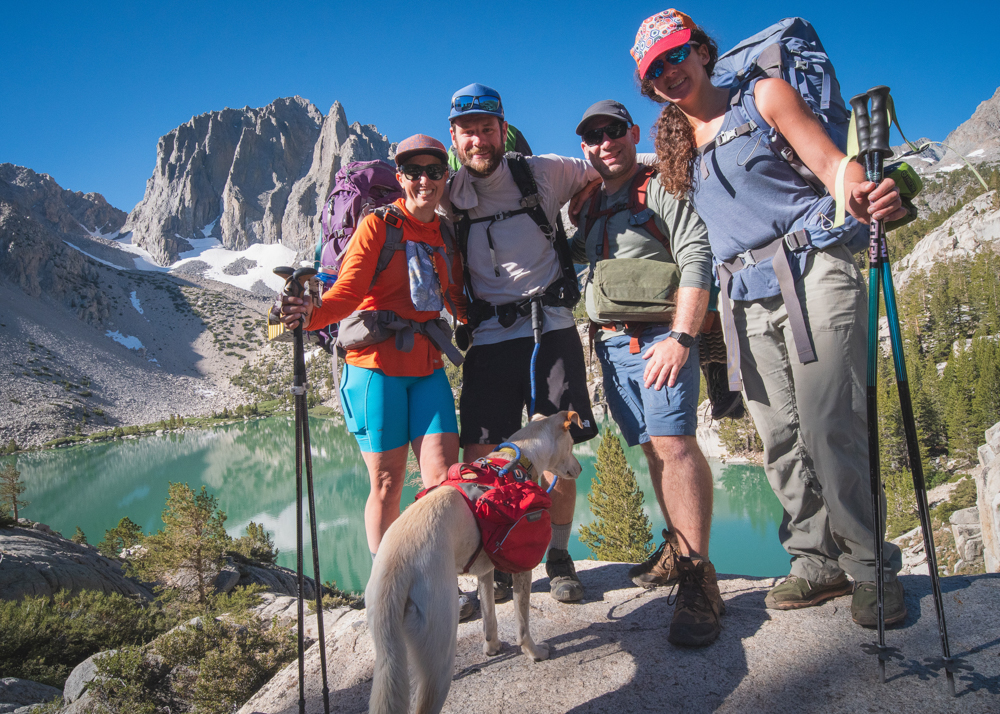
If you liked this article, you may want to check out Female Climbing Spaces: Why is it so important for women to climb together?
Or, So You Want to Support Your Trail Mate’s Mental Health in the Backcountry?
About the Gear Tester

Natasha Buffo
Natasha Buffo is a creative non-fiction writer and a community mental health facilitator. She teaches Adult Mental Health First Aid to outdoor professionals and recreationalists. When not at her desk, you’ll find Natasha snowboarding near Lake Tahoe, cycling across states, kayaking alpine lakes, backpacking unpopular trails, or walking her new puppy. Learn more at www.dirtandtears.com, or connect on Instagram or LinkedIn.

